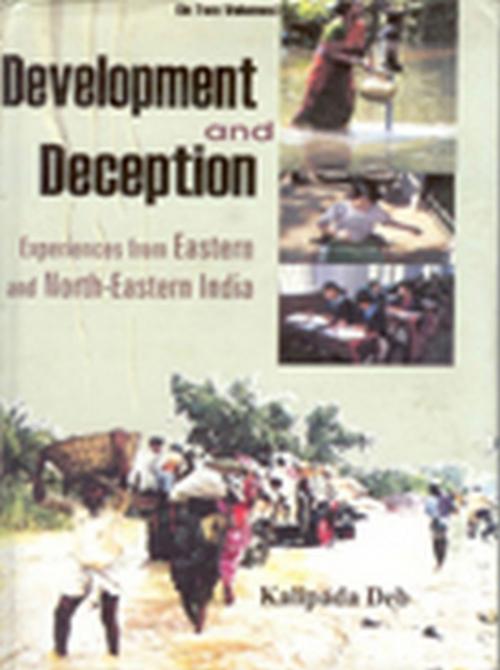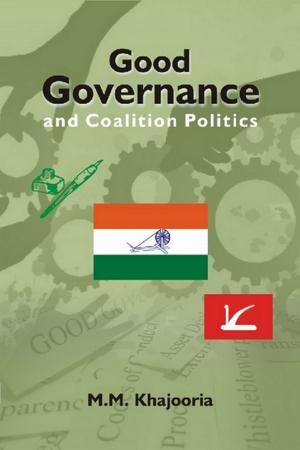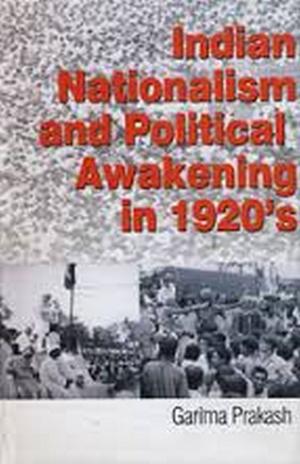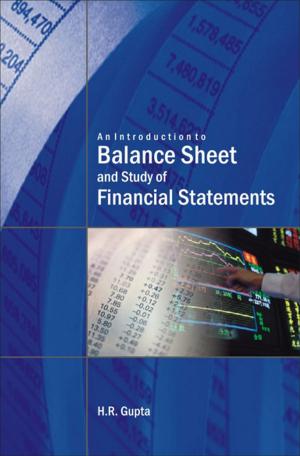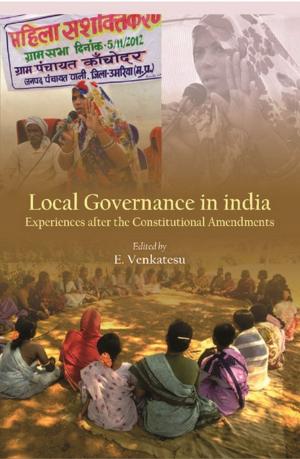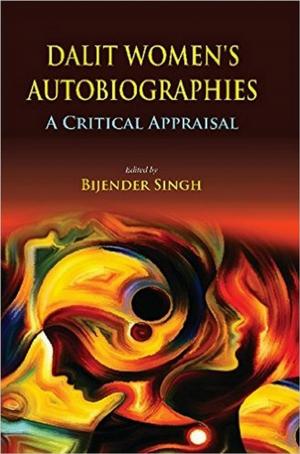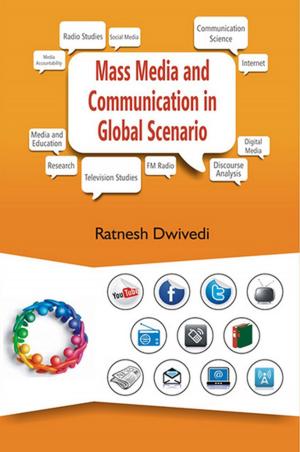Development and Deception
Experiences from Eastern and North-Eastern India
Nonfiction, History, Asian, India| Author: | Kalipada Deb | ISBN: | 9789351287407 |
| Publisher: | Kalpaz Publications | Publication: | June 30, 2006 |
| Imprint: | Kalpaz Publications | Language: | English |
| Author: | Kalipada Deb |
| ISBN: | 9789351287407 |
| Publisher: | Kalpaz Publications |
| Publication: | June 30, 2006 |
| Imprint: | Kalpaz Publications |
| Language: | English |
The Independent India of 1947 was steeped in extreme of poverty, ignorance and illiteracy. An overwhelming proportion of the population was in semi-starving condition, and the literacy had reached less than a fifth. In this situation, the Constitution that came in 1950 opted for a parliamentary form of government, and at the same time promised to the people everything good in this world. A socialist pattern of society, free from exploitation and injustices, was to be established. What happened to the promises ultimately? Could the government provide food and other basic necessities to the semi-starved billions? Was the development achieved with half-a-century’s efforts in the long-run interest of everybody? Did the backward regions and weaker sections get adequate attention from the government? Was the Constitution of India a propaganda material, meant for deceiving the poor masses? These are some of the questions addressed to by this study. India is a vast country with a variety of socio-economic situation. But regionally, at the time of Independence, the Eastern Region was the most backward. Therefore, this study looks into the above questions focusing on the Eastern region. There were only four states at that time, with Bihar the largest and West Bengal the Most developed. By early eighties, the number of states had reached 11; the seven new states being Nagaland, Meghalaya, Manipur, Tripura, Sikkim, Mizoram and Arunachal Pradesh. This is an in-depth analysis of the pattern of development in all these eastern and north-eastern states over the last five decades, based on a wealth of data collected from a variety of sources, both primary and secondary. The study has brought out the stark reality of extreme of mismanagement of resources and all-pervading corruption and the deception to the masses in the name of development.
The Independent India of 1947 was steeped in extreme of poverty, ignorance and illiteracy. An overwhelming proportion of the population was in semi-starving condition, and the literacy had reached less than a fifth. In this situation, the Constitution that came in 1950 opted for a parliamentary form of government, and at the same time promised to the people everything good in this world. A socialist pattern of society, free from exploitation and injustices, was to be established. What happened to the promises ultimately? Could the government provide food and other basic necessities to the semi-starved billions? Was the development achieved with half-a-century’s efforts in the long-run interest of everybody? Did the backward regions and weaker sections get adequate attention from the government? Was the Constitution of India a propaganda material, meant for deceiving the poor masses? These are some of the questions addressed to by this study. India is a vast country with a variety of socio-economic situation. But regionally, at the time of Independence, the Eastern Region was the most backward. Therefore, this study looks into the above questions focusing on the Eastern region. There were only four states at that time, with Bihar the largest and West Bengal the Most developed. By early eighties, the number of states had reached 11; the seven new states being Nagaland, Meghalaya, Manipur, Tripura, Sikkim, Mizoram and Arunachal Pradesh. This is an in-depth analysis of the pattern of development in all these eastern and north-eastern states over the last five decades, based on a wealth of data collected from a variety of sources, both primary and secondary. The study has brought out the stark reality of extreme of mismanagement of resources and all-pervading corruption and the deception to the masses in the name of development.
